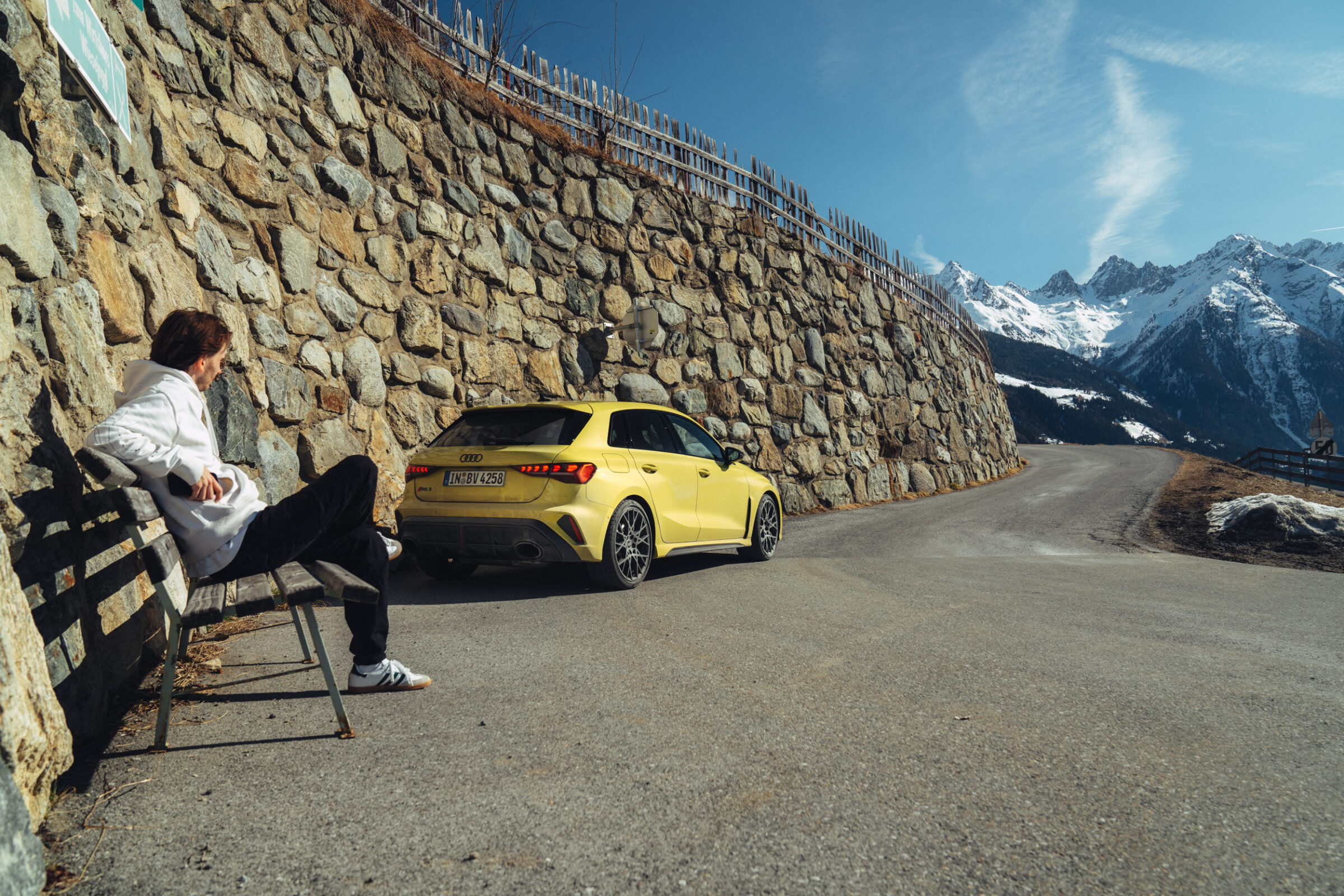BMW 3.0 CSL
To be able to compete in touring car racing, homologation vehicles are necessary. These are freely marketable models that correspond as closely as possible to the racing vehicle in terms of technology and appearance. Such a vehicle was also produced by BMW from 1971 onwards. The basis was the E9 series, a four-seater coupé that was produced by Karmann in Rheine from 1968. Initially there was the 2800 CS, later also the 3.0 CS, the 3.0 CSi and the 2.5 CS. It quickly became clear that this model series was a good fit for touring car racing. Some BMW engineers and technicians therefore took the 3.0 CSi and developed it further. This small group later became BMW Motorsport GmbH, today BMW M. For the E9, they specifically looked for an experienced partner, which they found in the tuning company Alpina. At that time, Burkhard Bovensiepen and his company didn’t have official manufacturer status. But they were successful in motor sports.
250 kilograms lighter
BMW wanted to replace the 2002 ti and tii, which had been used successfully until then. To achieve this, the 3.0 CSi had to be slimmed down considerably. With bonnets and doors made of aluminium, rear windows made of Plexiglas and other small details, the weight was reduced by more than 250 kilograms. Even the front bumper fell victim to the diet. Chrome trim was also reduced to a minimum. The spoiler package developed for racing, on the other hand, wasn’t factory-fitted to homologation cars in many countries. BMW feared problems with the homologation and left it up to the customers to install these parts on the vehicle. So the air deflectors for the front wings, the roof spoiler and the rear wing were simply put into the boot. When fitted, they gave the new 3.0 CSL an unusually martial look, earning it the nickname “Batmobile”. Inside, sports seats and a three-spoke sports steering wheel provided sporty comfort. Surprisingly, the wooden trim on the dashboard and door panels was allowed to remain on board.




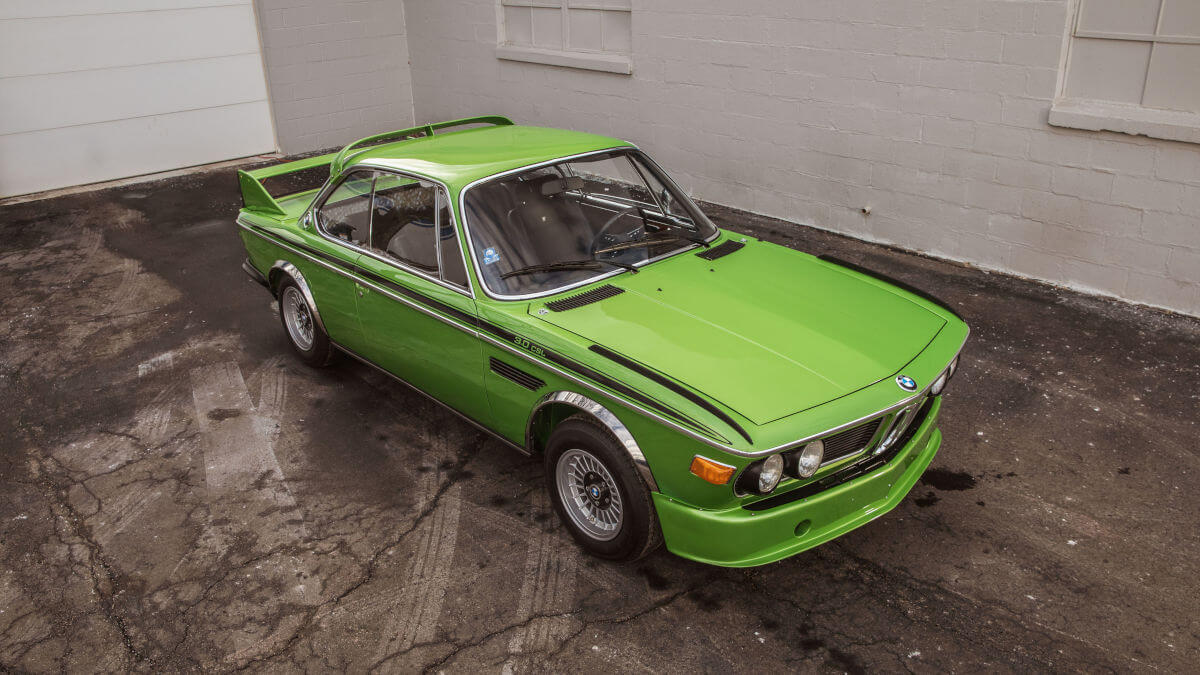







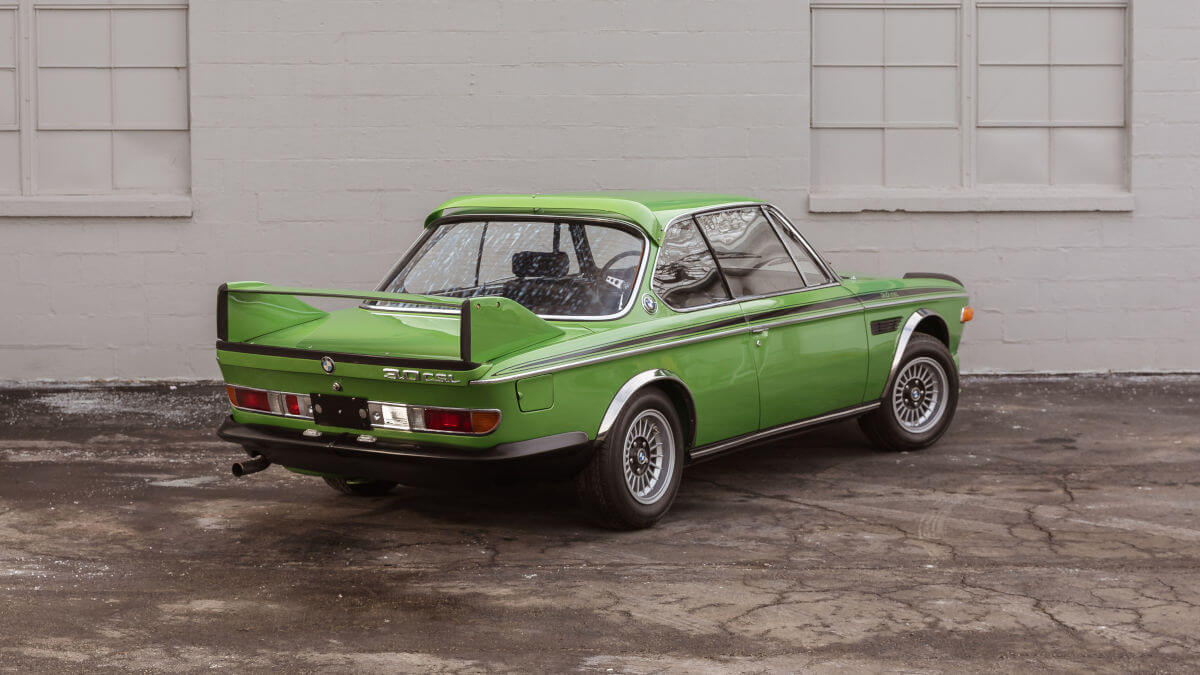



Three engine versions
Technically, there were three versions of the BMW 3.0 CSL. Initially, from December 1971, the engineers used the inline six-cylinder engine from the 3.0 CS, which produced 132 kW/180 hp from 2,985 cc. From August 1972, the displacement increased to 3,003 cc. In addition, an intake manifold injection system of the Bosch D Jetronic type was now used. This increased the output to 147 kW/200 hp. About a year later, the final stage of development followed with 151 kW/206 hp from 3,153 cc. In racing trim, the engine output was significantly higher. In 1974, the racing cars were running with 324 kW/440 hp from 3.5 liters of displacement. When turbo engines took over in 1976, BMW further developed some CSL racing cars with them. The power climbed up to 590 kW/802 hp due to turbocharging. This enabled the BMWs to reach a topspeed of 191 mph. In addition, the first two BMW Art Cars by Alexander Calder and Frank Stella were created on the basis of two racing cars.
M stripes were created by chance
In the works team, the cars were painted white with stripes in red, dark blue and light blue. The latter were originally intended for a sponsorship deal with an oil company, which didn’t materialise at short notice. However, since everyone involved liked the look, the stripes stayed that way. This is how the M stripes, which are still known today, came into being. The first two series with an engine capacity of around three liters were only available in white or silver as a road version. For the second series with the 3.2-liter engine, BMW gave customers the complete choice of colors for the E9. This was in response to developments in the European Touring Car Championship, the German Racing Championship (Deutsche Rennsport Meisterschaft), the American IMSA Camel GT series and races under FIA Group 5 regulations. There, privately entered 3.0 CSLs meanwhile showed many colors. The “Batmobile” scored numerous victories. Even after BMW and its works team had already opted for the successor model, the 6 Series, private teams continued to win championship titles with the 3.0 CSL.








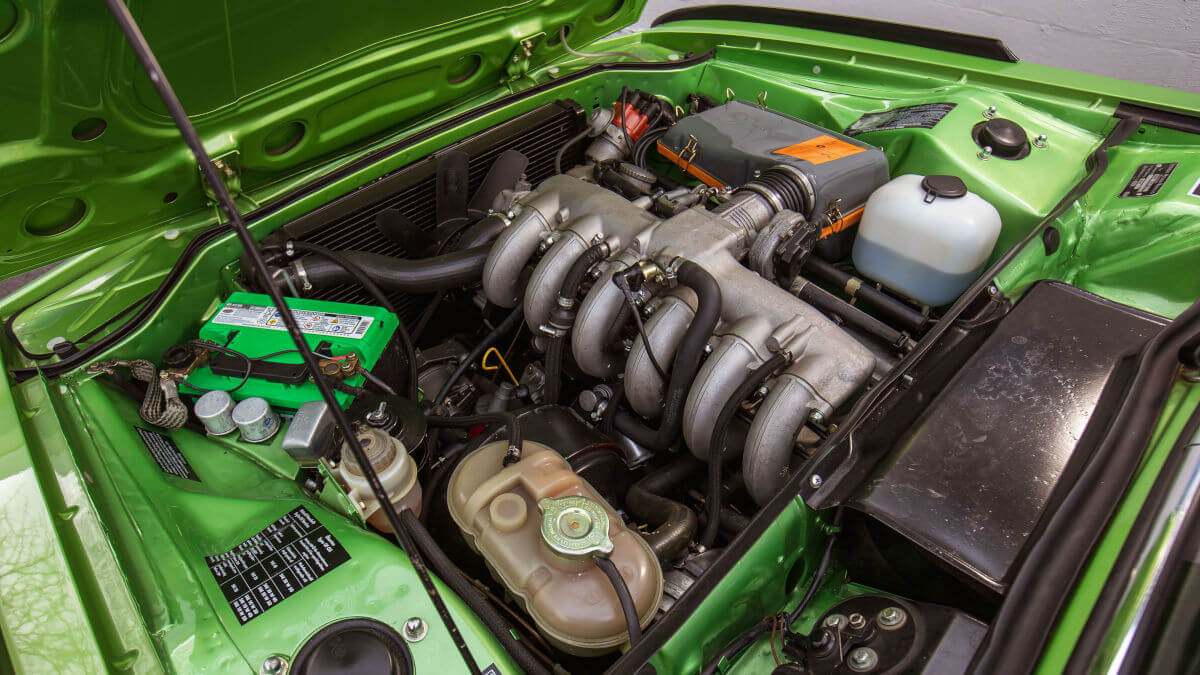

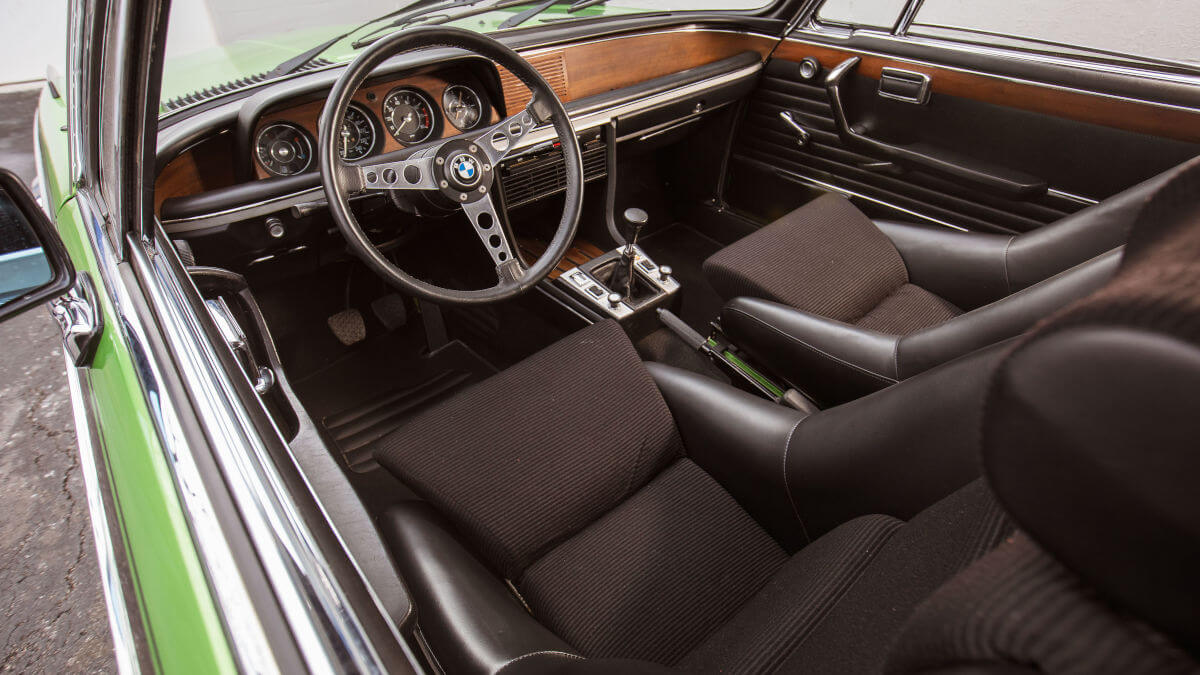







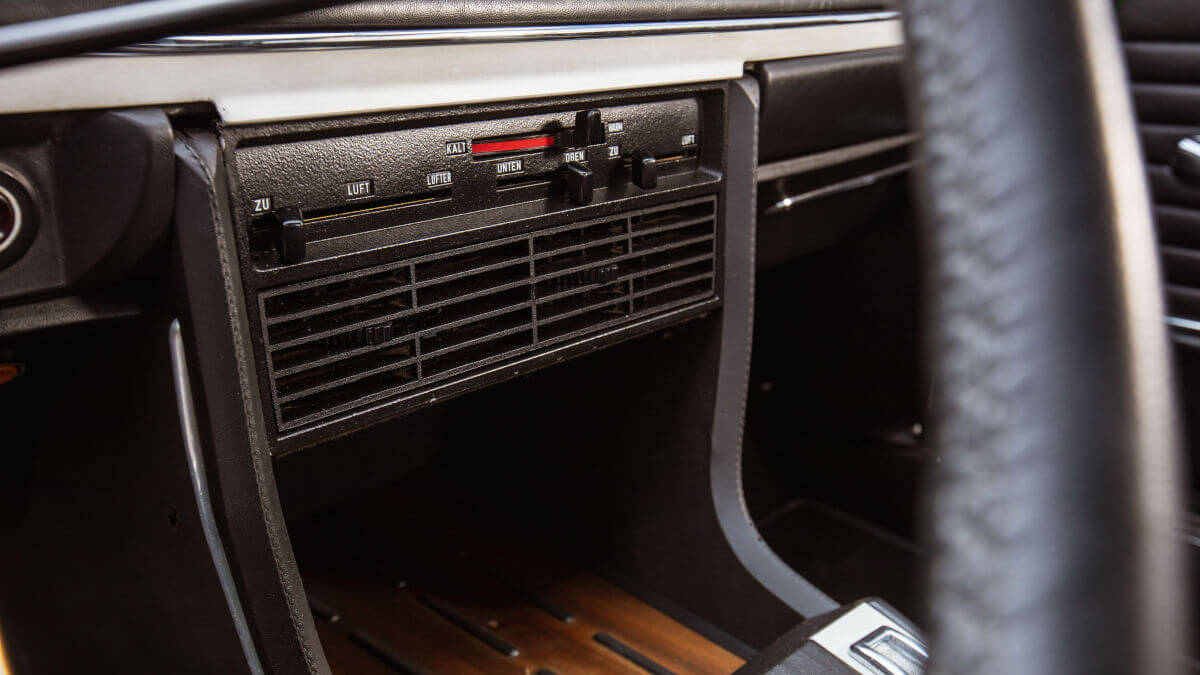



















3.0 CSL at RM Sotheby’s
While 110 examples of the first series rolled off the production line, only 57 were built with the 3.2-liter engine. Only four of them were painted in ‘Taiga Metallic’, a light green. One of them, chassis number 49, is up for auction tomorrow at RM Sotheby’s in Amelia Island. First delivered to BMW Höss in Memmingen, Germany, on 5 June 1975, the car crossed the Atlantic a few years later. There, Robert Picut in Green Brook, New Jersey, took delivery of it. In 1992, he sold the CSL back to Germany to the founder and president of the BMW CSL Club, Marco Kögel. Subsequently, an extensive restoration was carried out, which has kept the rare coupé looking superb to this day. From 2004 to 2009, the BMW belonged to a Frenchman, then to a British collector. Since 2012, the car has been back in the USA and is now being offered by RM Sotheby’s. The hammer price is expected to be between US$ 325,000 and US$ 375,000.
Images: RM Sotheby’s, Theodore W. Pieper



